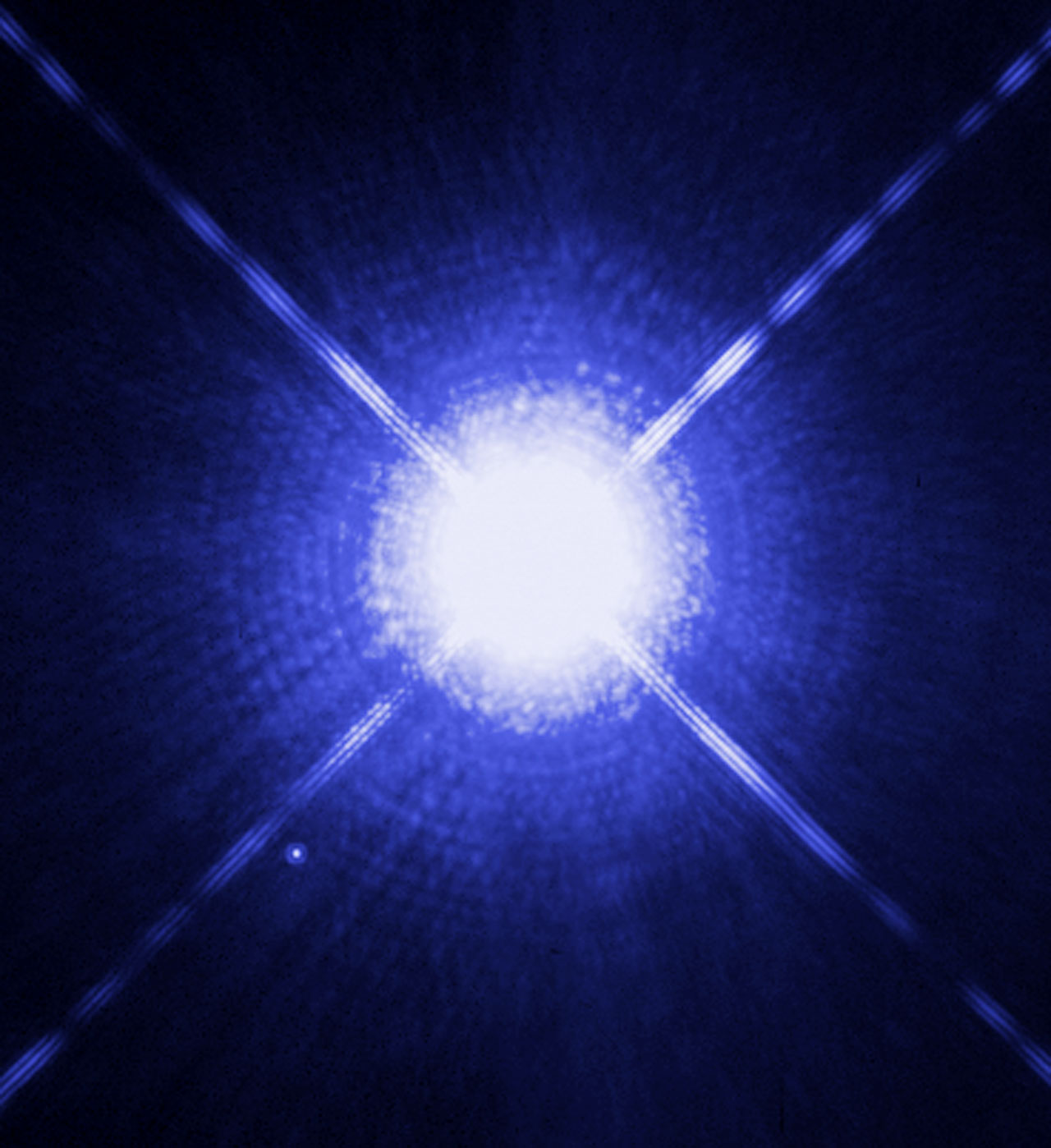What is a Star?
The universe is composed of trillions of galaxies, each of which is
comprised of billions of stars. Stars are massive
spheres of plasma, which spend most of their lifetimes converting
hydrogen into helium. This process is what
makes a star shine and thus become visible, even light years away.
Nearly every star in existence is at least ten
light years away, and all but the sun itself are at least four.
A star is born when an interstellar cloud collapses, usually because of
supernova. Eventually this collapse pulls
enough material into one location to cause the rest of the cloud in. If
enough material is present, about 4.97 x 10^
29 kilograms, hydrostatic equilibrium is acheived and the process of
hydrogen conversion begins.
Stars produce intense solar winds of charged particles, which causes
them to lose mass. As much of this mass is,
again, hydrogen, this accelerates the inevitable loss of hydrogen that
a star eventually faces (see Death), though
only particularly massive stars with intense solar winds are
significantly affected by this loss of material.
It is also of obvious note that stars can form protoplanetary discs
around them, which tend to collapse into
planetary systems such as our own. These planets are dependent upon
their star for nearly all of the energy they
receive, though some geothermal activities in solid worlds such as our
own, or unknown activities occuring in
the cores of gas giants, can lessen a planet's dependence on solar
energy for heat.
